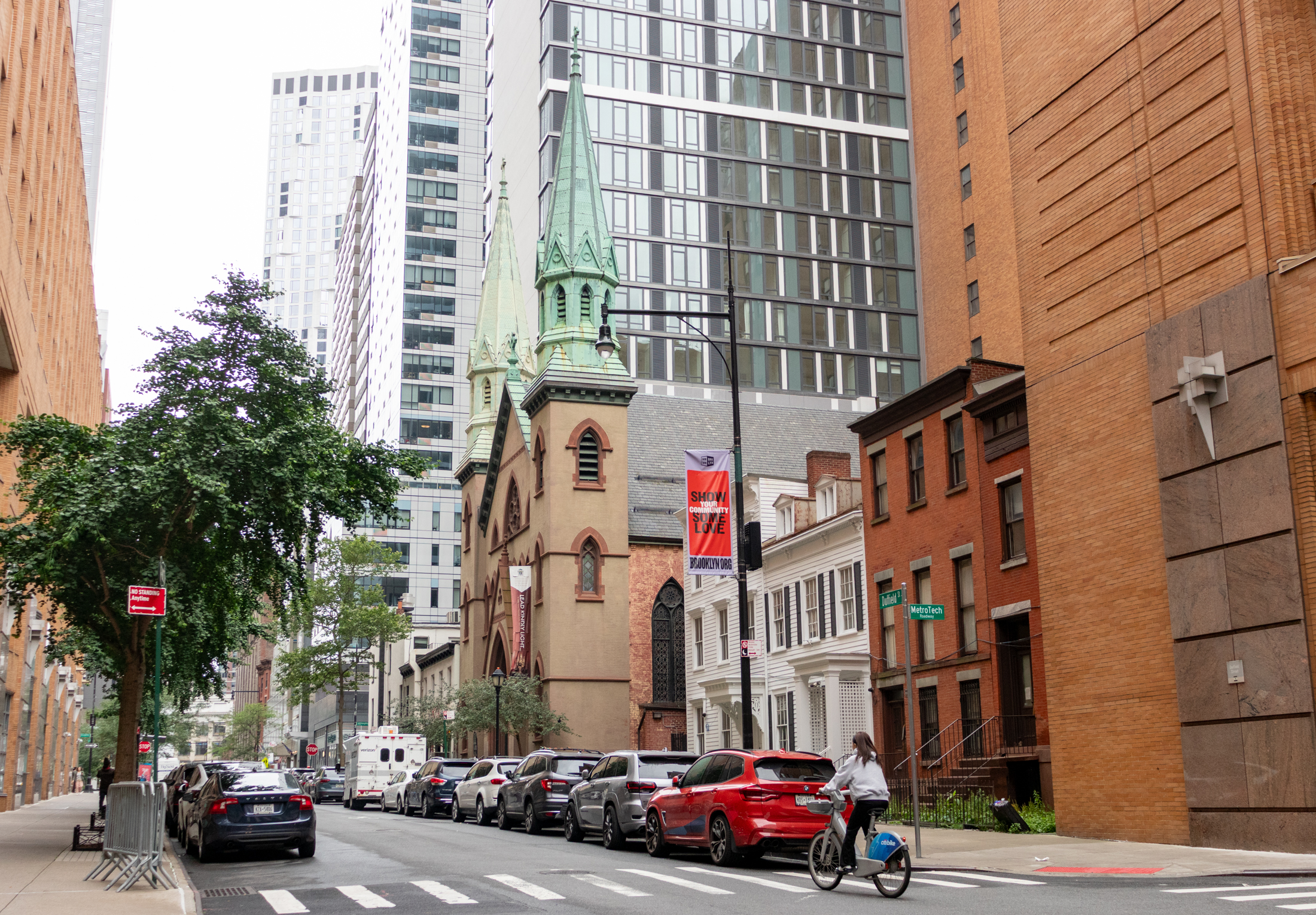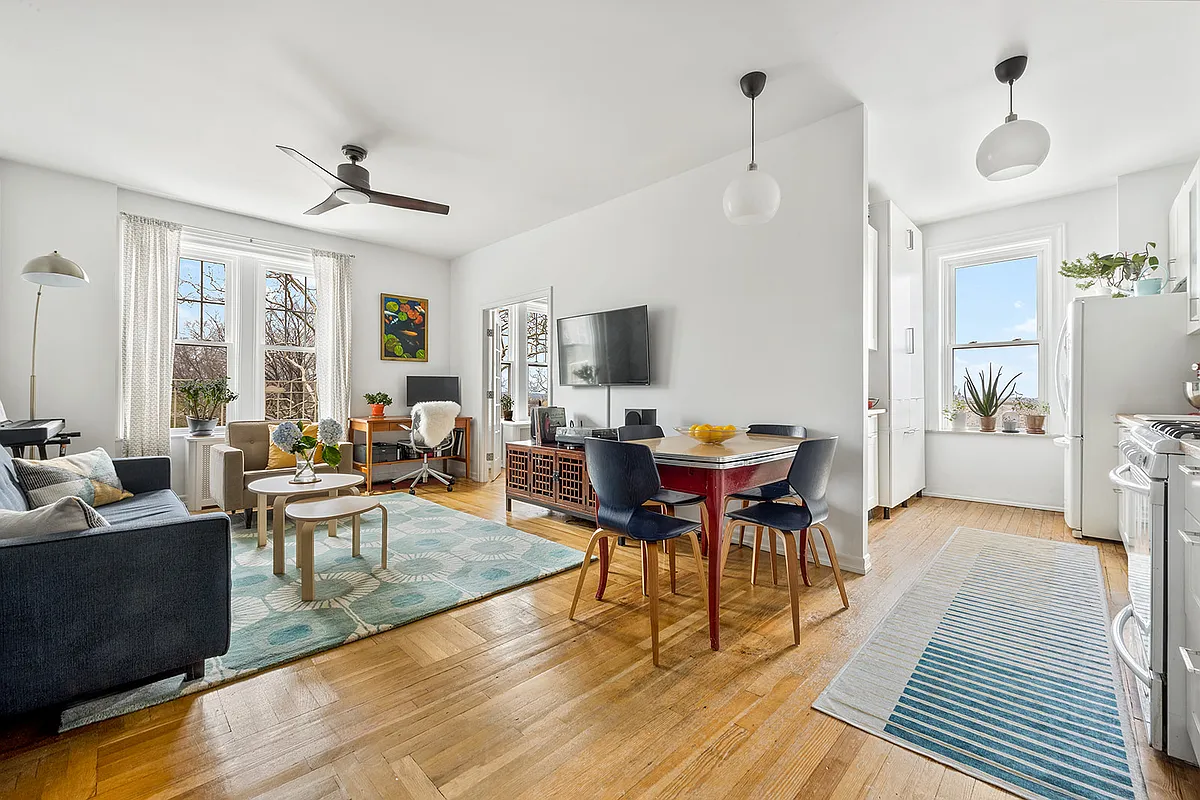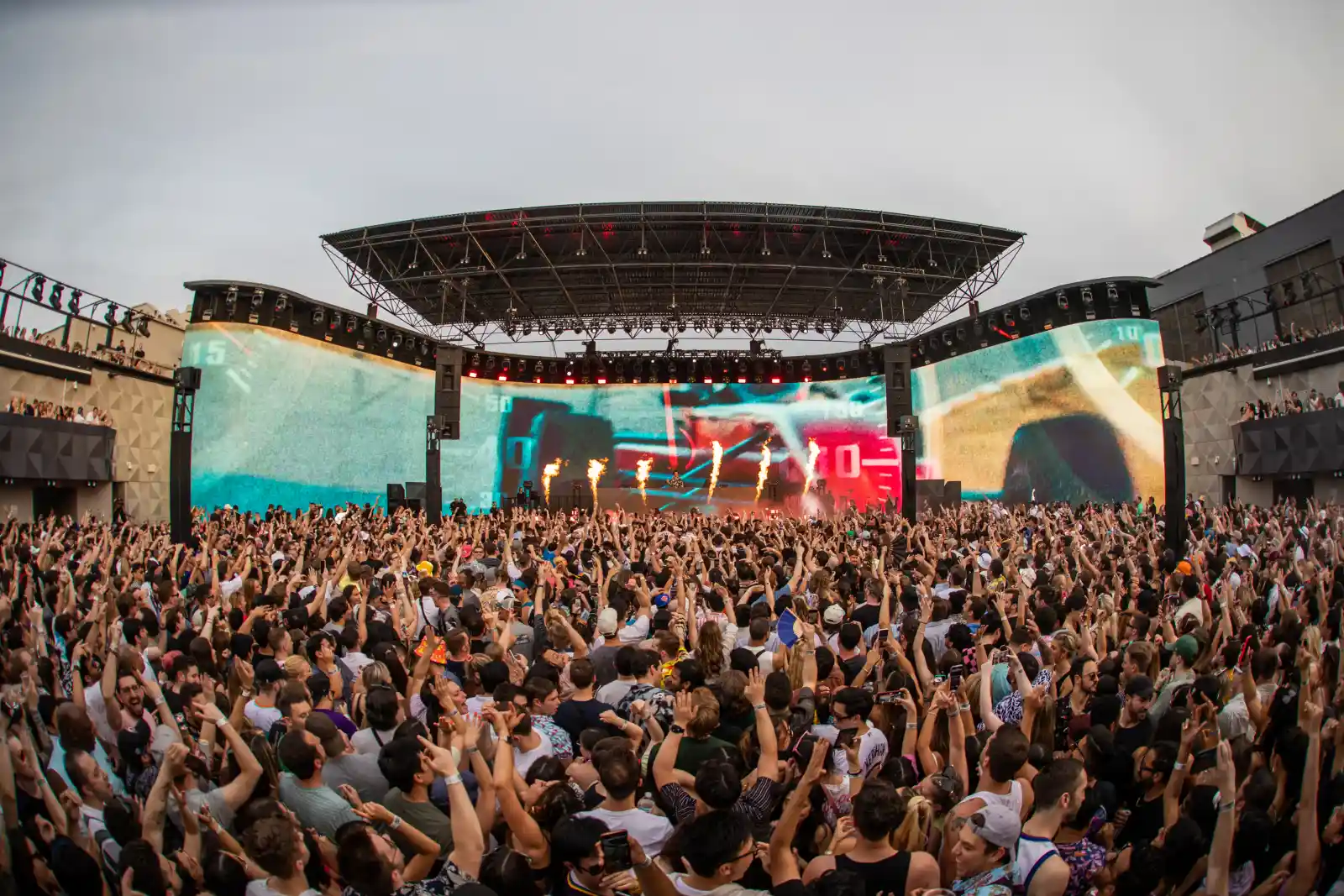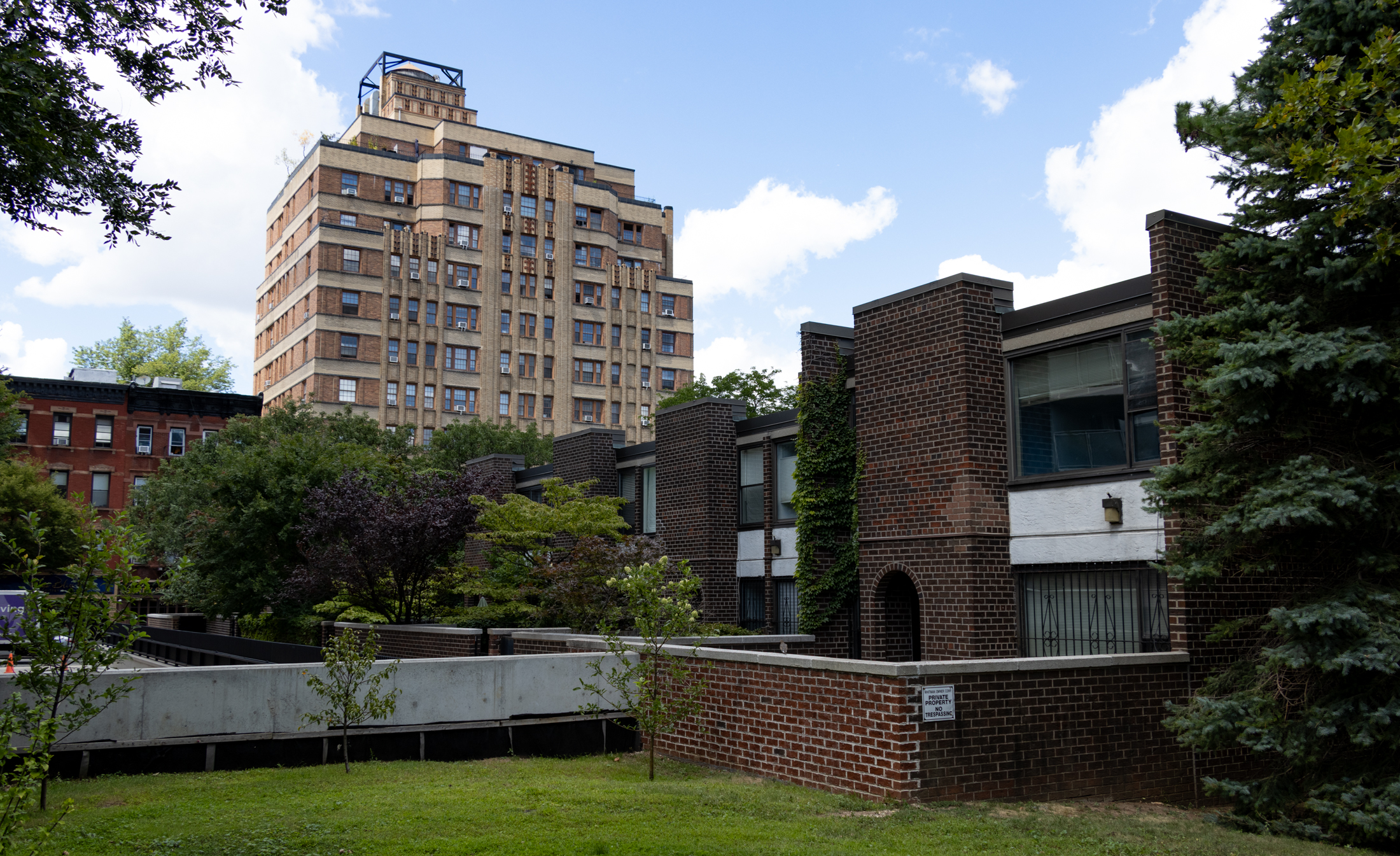Crown Heights: A Slope, Heights and Burg Alternative?
The Journal’s latest neighborhood profile is about Crown Heights, casting it as “a popular option for home shoppers looking for townhouses but who have also been priced out of areas of Brooklyn such as Park Slope and Brooklyn Heights.” One broker also says the area is attracting artists from Williamsburg. (The article’s focus appears to…


The Journal’s latest neighborhood profile is about Crown Heights, casting it as “a popular option for home shoppers looking for townhouses but who have also been priced out of areas of Brooklyn such as Park Slope and Brooklyn Heights.” One broker also says the area is attracting artists from Williamsburg. (The article’s focus appears to primarily be on the northern section of the neighborhood, as no mention is made of the mostly Orthodox southern section.) The median home price of current Crown Heights listings on StreetEasy is $440,000, which is cheaper than Bed-Stuy and, on a per-square-foot basis, about half what homes cost in Prospect Heights. Neighborhood draws mentioned: The historic architecture, falling crime rates and the expanding restaurant and bar scene on Franklin Avenue. The story notes that the neighborhood is getting whiter, with the latest Census figures revealing a 20 percent increase in Crown Heights’ white population since 2000.
Brooklyn’s Crown Heights Rediscovered [WSJ]





http://www.trulia.com/property/3063393685-1492-President-St-Brooklyn-NY-11213
relax, “diverse” has no more real meaning in NYC real estate than “square foot”
it is merely an abstract concept, seen through a mirror, placed near a smoke machine.
I went to the estate sale at that 999K building mentioned in the article. BEAUTIFUL! It was owned by a prominent black radiologist. From the looks of it, his widow lived there for many years after he passed. It is right near the Chabad, so it’s not true that the article ignores the south part of the nabe. And Tom’s is usually (always?) referred to as being in Prospect Heights. Anyway, this is a really interesting neighborhood with incredible architecture. I understand the code that Minard is talking about, but it is rather funny that it likely contradicts that actual meaning of “diverse”.
“diverse” is code for “predominantly Black”
therefore the more non-Blacks that move into the area the less “diverse” it gets.
“diverse” is code for “predominantly Black”
therefore the more non-Blacks that move into the area the less “diverse” it gets.